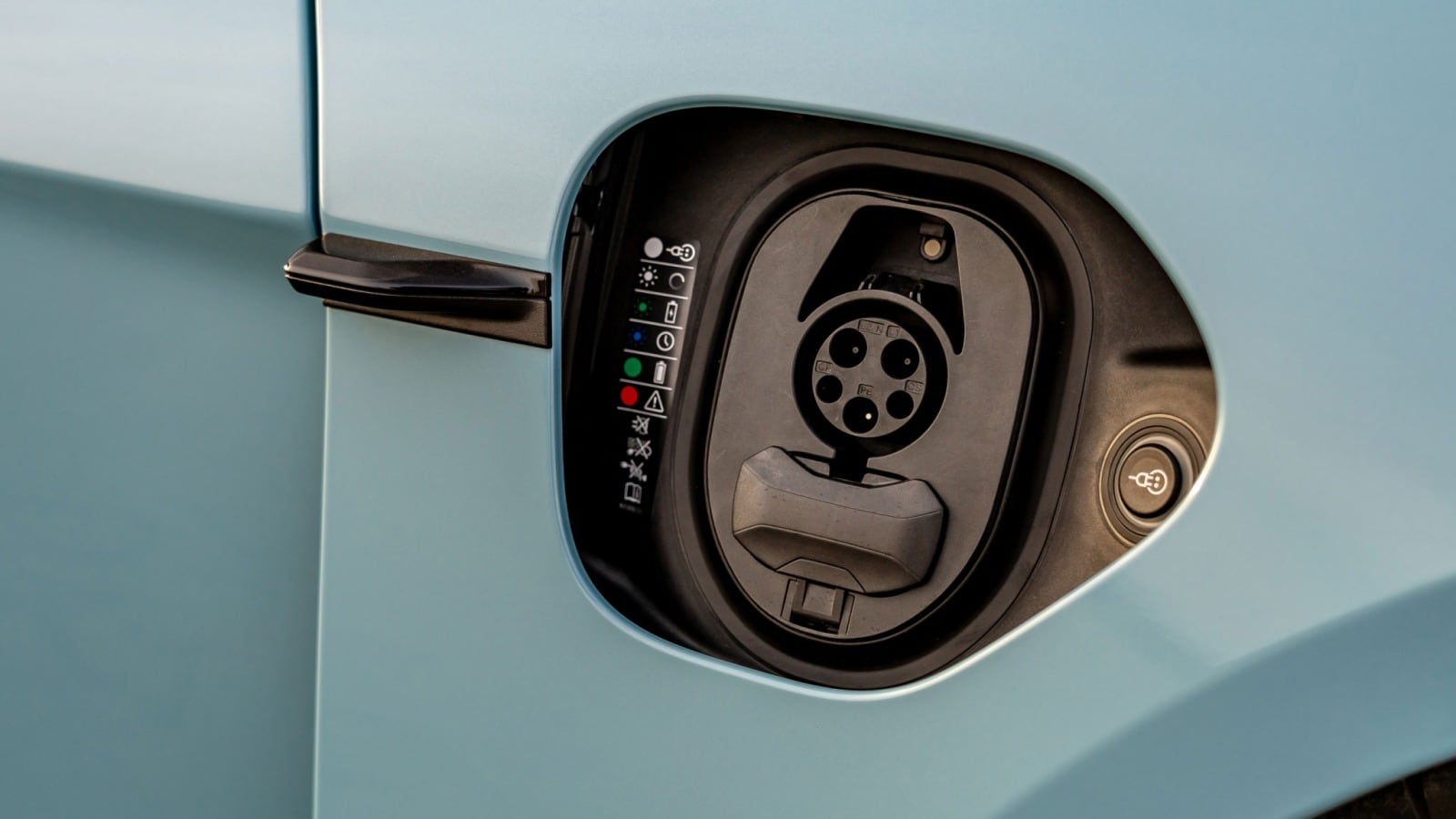Edmunds dealer partner, Bayway Leasing, is now offering transparent lease deals via these forums. Click here to see the latest vehicles!
Edmunds Tested: Electric Car Range and Consumption | Edmunds
 Edmunds.com
Member, Administrator, Moderator Posts: 10,315
Edmunds.com
Member, Administrator, Moderator Posts: 10,315
 Edmunds Tested: Electric Car Range and Consumption | Edmunds
Edmunds Tested: Electric Car Range and Consumption | Edmunds
Which EVs have the best electric car range? The EPA provides range estimates for every electric vehicle, but they don't test EV range in the real world -- and Edmunds does. Read all the latest real-world EV test results from the Edmunds experts.
0

Comments
First hand experience driving an id4.pro 70% on highways and interstate, the max range is about 200 miles.
The EPA numbers for Tesla have always been off in general, because for whatever reason the way the EPA tests benefits Tesla vehicles in the opposite direction.
Also, there is no way a 2019 Kona is going to hit 300 miles like that in real world usage. My sister has one and she usually gets around 240.
While data like this is useful at times, it's not going to tell you much because different EV's are good at different things. For example, a Tesla might get significantly lower mileage in cooler weather than a Leaf, for example. Not to mention with real-world situations climate control power usage varies greatly between cars. Things aren't linear between manufacturers.
What about the Jaguar iPace? Didn’t even make the list and it goes further than the Mini Cooper? At full charge it’s around 230 miles for range.
What's the size of the Mercedes battery pack?
Tesla Model S Long Range with 19in rims has EPA range of 405 miles. Why is this missing from the list?
Thats the crux of the differece, the highway percentage. EV's are least efficient on the highway contrary to gasoline vehicles. Thats why aerodynamics are so crucial. The higher the cruising speed the more electrons needed to simply overcome air resistance. Thus Mercedes simple, unadorned shape. Form follows function.
Regards,
Engineer here. In the Edmunds test methodology, you are essentially relying on the car's range gauge for the last 10 miles. You should know that the range estimate is only that - an estimate - so it will be wildly inaccurate. If Tesla's range guage is more conservative than the other models (i.e. the Tesla says "10 miles left" when it has 40 actual miles in the battery, compared to say another brand that might says "10 miles left" when it really only has 10 miles left in store), then you are unfairly penalising Tesla.
If you wanted to conduct a repeatable accurate test that you can use to compare across brands, you'd have to run the battery down until the car physically stops driving - thus cancelling out any influence of the inaccuracy of the fuel gauge. I know that would leave you stranded, but you can easily mitigate that by carrying a generator in the boot to restore enough charge to make it to the nearest station.
You are also lacking a description for how you keep the route driven and speeds constant among cars. If you're driving in real traffic then each day and each run will be slightly different due to what other drivers around you are doing, the weather, the timing of red lights etc - meaning your results cannot be compared across different car models because they were not done under consistent controlled conditions.
It's awesome that you are doing real-world tests on all the car models (and I appreciate the time and effort involved), but proper experimental design is essential to make the results replicable and dependable.
But you did not test the one with the best range, a matter with which no one disagrees: the smaller 19" wheels, RWD, and the 77.4 kWh battery.
More generally several distinct models, of others as well, likely exist. I realize you cannot do them all. But for a comparative range test, surely selecting, for ALL the makes of EV, the version with the best range, or maybe the worst, is the only honest procedure.
Furthermore, it would be very easy to test over a much shorter distance in total, yet test twice, separately both city and highway. Just find a private course of 10 miles or so, and run out then back on it, making sure the initial extra small kWh use is done separately beforehand, that you always have sun (or never), since you close the windows, and the temperature does not vary by more than 10 degrees.
And particularly for the highway speed, use a constant speed and say what it is. For the city number, insert some stops and starts, the same for all makes of EV
Then your info is at least partially useful, as dramatically distinct from what is in this article. There was a time when I had much more confidence in Edmunds.
The EPA publishes the time vs speed driving cycles used in it's tests. Where is Edmunds driving cycle data? The only hint we have is "60% city/40% highway". But what is city and highway driving, exactly? Where is the speed vs time data? Without such detail, no intelligent comparison with EPA should even be attempted.
Of course temperature cannot be controlled "in the wild", which is why the EPA stipulates temperature for it's tests. To it's credit, Edmunds reports their test temperatures (which vary from 53 to 78 ˚F !), but this only half the necessary control. Effects of aero drag and tire rolling resistance can vary 5% and 3%, respectively, just due to Edmunds' test temperature variations. Knowing the Edmunds driving cycle speeds would enable actual estimation of the effects of temperature.
Does Edmunds turn off the AC during all tests? This would be another major source of variability, again dependent on temperature.
Tire inflation is a big factor in rolling resistance. Does Edmunds inflate to manufacturers recommendation? At the test temperature? With air at test temperature? Details please.
Real world driving involves dealing with real world traffic, which, as every driver knows, can vary widely from minute to minute, even on the same roads. Any city cycle on real world roads will have substantial uncontrolled variables due to variation in traffic, which makes comparison from one vehicle test to another something like gambling.
What about speed? On a trip at 75 mph, what would it be?
Edmonds insistence on weighting city range more than highway range, strongly skews the results in a direction that is utterly unimportant to EV drivers in the real world. All of these cars have enough range for city driving, the differentiator is how far they go on the open road. This has irretrievably damaged the credibility of Edmonds beyond repair. I no longer trust Edmonds to give me the straight unvarnished scoop. Sad.